Camera Roll: A Seven-Day Wildlife-Watching Trip Around the Galápagos Islands
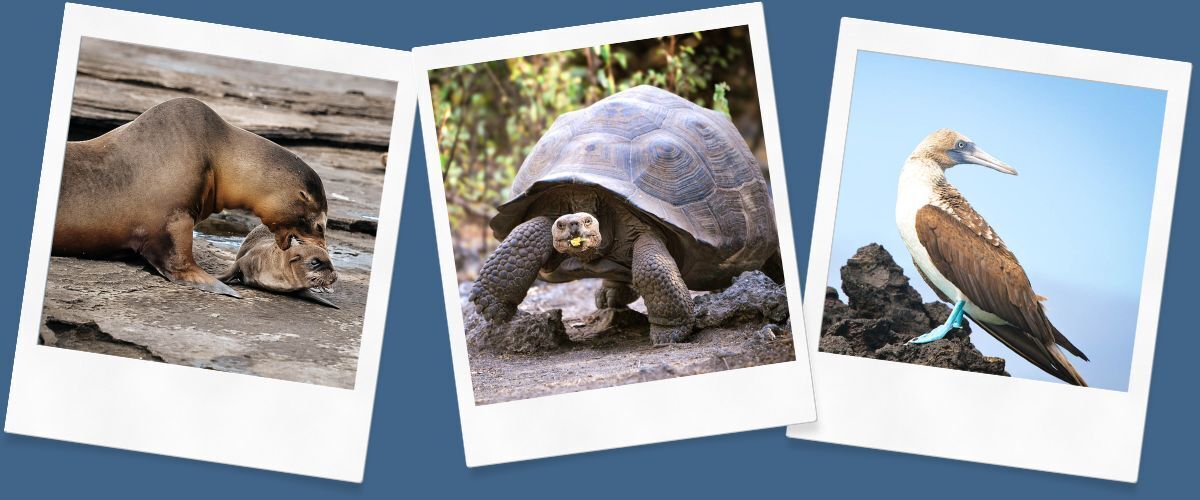

I never thought I’d actually make it to the Galápagos Islands. The journey to get there spanned no less than three days and involved three border crossings, a 3.5-hour car ride, and five flights, some with very tight connections. For weeks before, and until I stepped foot on San Cristóbal, I was sure that something big was going to go awry, preventing me and my partner to make this dream trip a reality. Instead, everything went like clockwork.
Less than one hour after landing in the islands, and even before boarding the Ecoventura ship that was to take us around the remote archipelago for the next seven days, we were already oohing and ahhing at the wildlife we could see. Huge pelicans were flying overhead, small marine iguanas were sunbathing on the rocks, and several sea lions, unbothered by our presence, dotted the pier we had to use to get to our ship. Antonio, the naturalist guide who accompanied us, pointed out a pregnant sea lion and taught us how to distinguish a male (a bull) from a female (a cow). My ears were still plugged from the flight, yet I was already a only few feet away from an endemic species, and receiving a spontaneous zoology lesson. That was a sign of things to come.
For seven days, my partner and I, along with 12 other passengers from the ship and two naturalist guides, traveled around the northern and western part of the archipelago, visiting a total of seven islands. Each destination on the itinerary was more captivating than the next: the volcanic landscapes, the fauna, and the wildlife, whether on land, in the air, or underwater, left us in awe.
The wildlife that we got to see, most of which is unique to this part of the world, is what fascinated us most. With no predators on the islands, the animals we saw aren’t afraid of humans. They let us stare at and photograph them from only six feet away without flinching. Standing so close to such impressive animals felt like an immense privilege. Each photograph in this essay captures not only the beauty and uniqueness of the species we encountered, but the immense trust they had in us to keep them unharmed and safe.
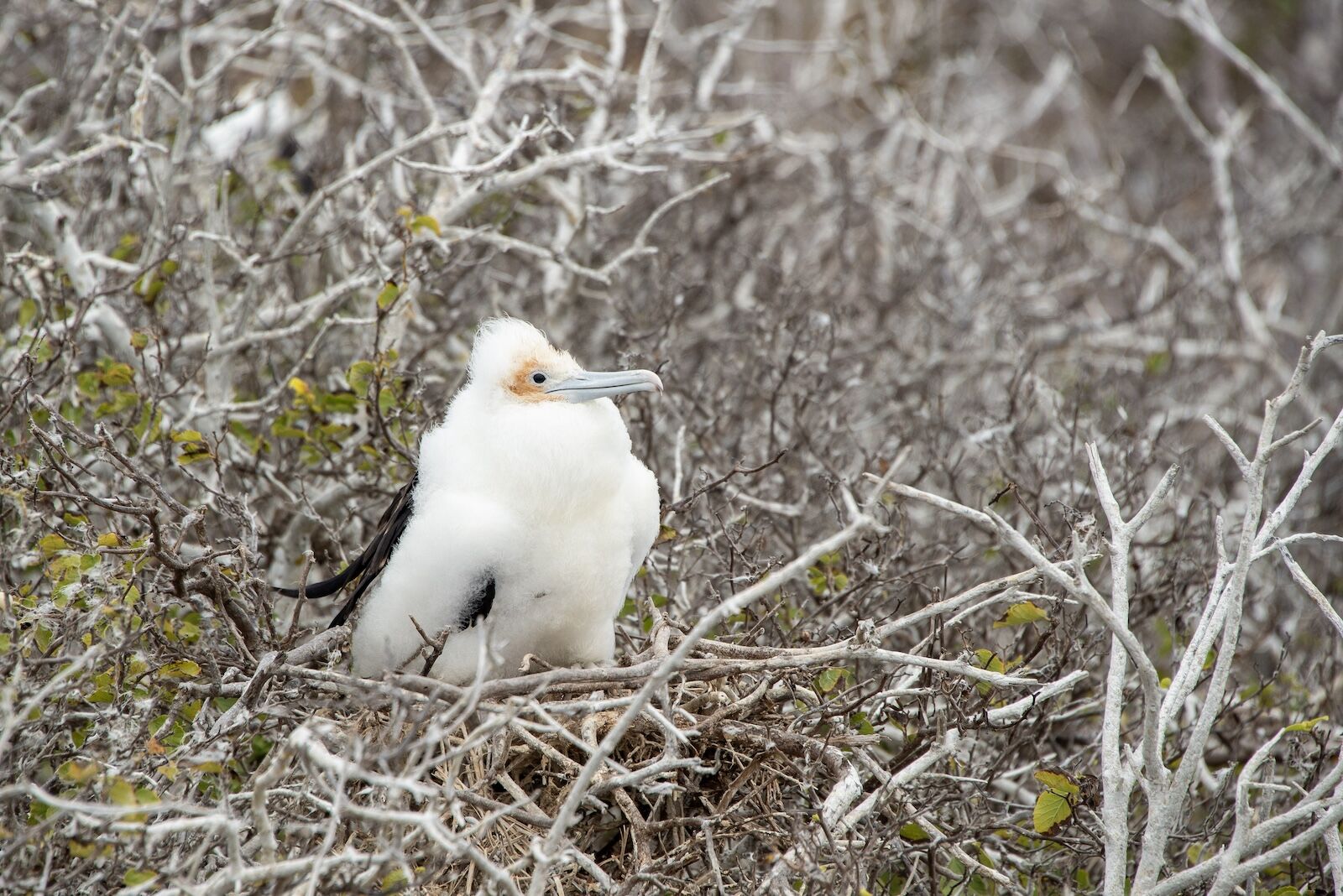
On our second day, we went for a gentle walk around Genovesa Island’s Darwin Bay. Genovesa is located in the northeastern region of the archipelago and is known as “The Bird Island” for the many avian species that nest there. We got to see adult and baby nazca and red-footed boobies, swallow-tailed gulls, Darwin finches, mockingbirds, lava herons, and frigatebirds. Baby frigatebirds, with their very fuzzy, white down and very long beaks are both comical and adorable. Photo: Jesse Adams
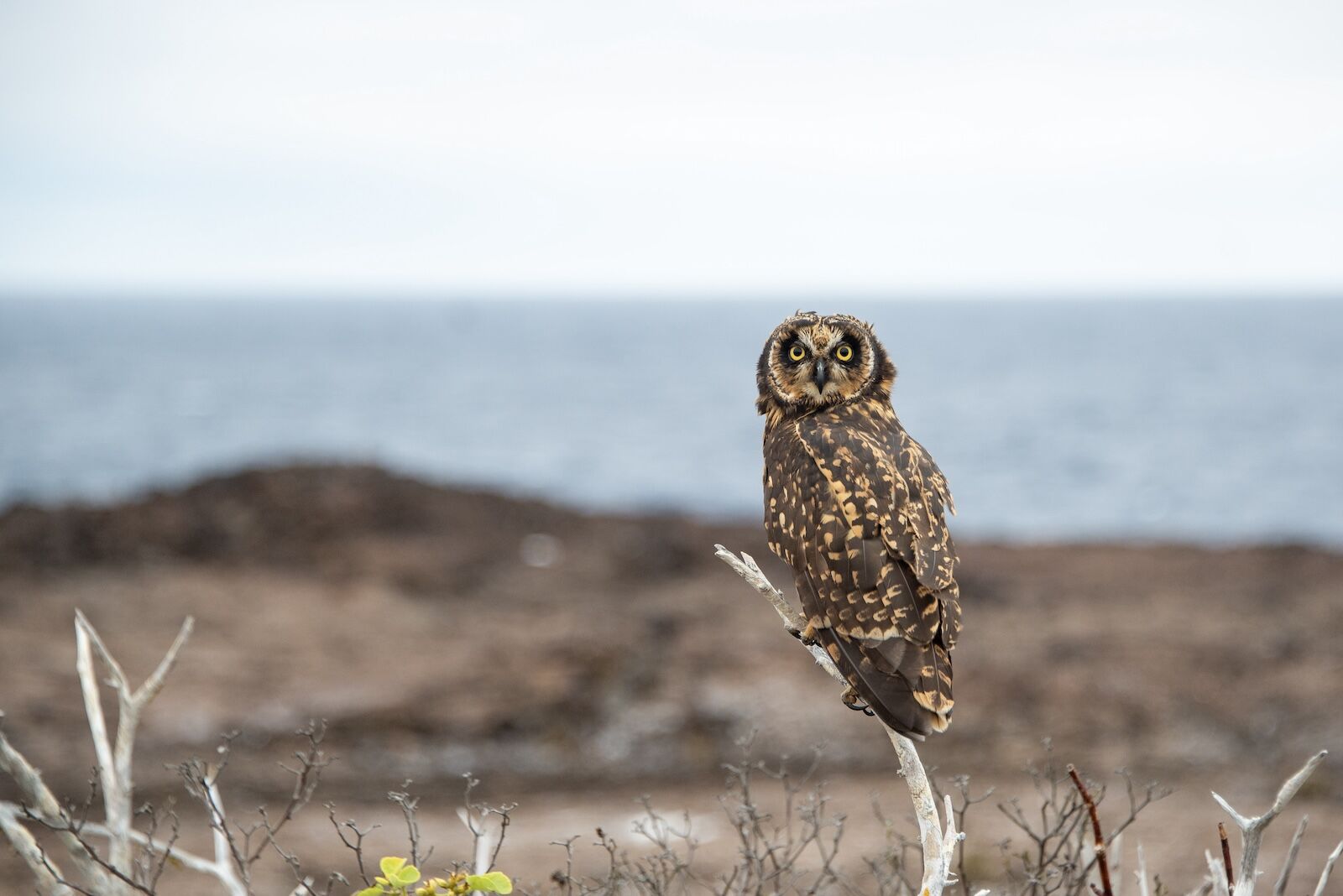
Later that same day, after some snorkeling and kayaking, we went for walk on the other side of Genovesa: Prince Philip’s Steps. We were lucky enough to spot two Galápagos short-eared owls near a large crevasse. Indifferent to our presence, one of them attempted to catch a small marine iguana, an unusual meal for the species that tend to feed on rats, lava lizards, and birds. Photo: Jesse Adams
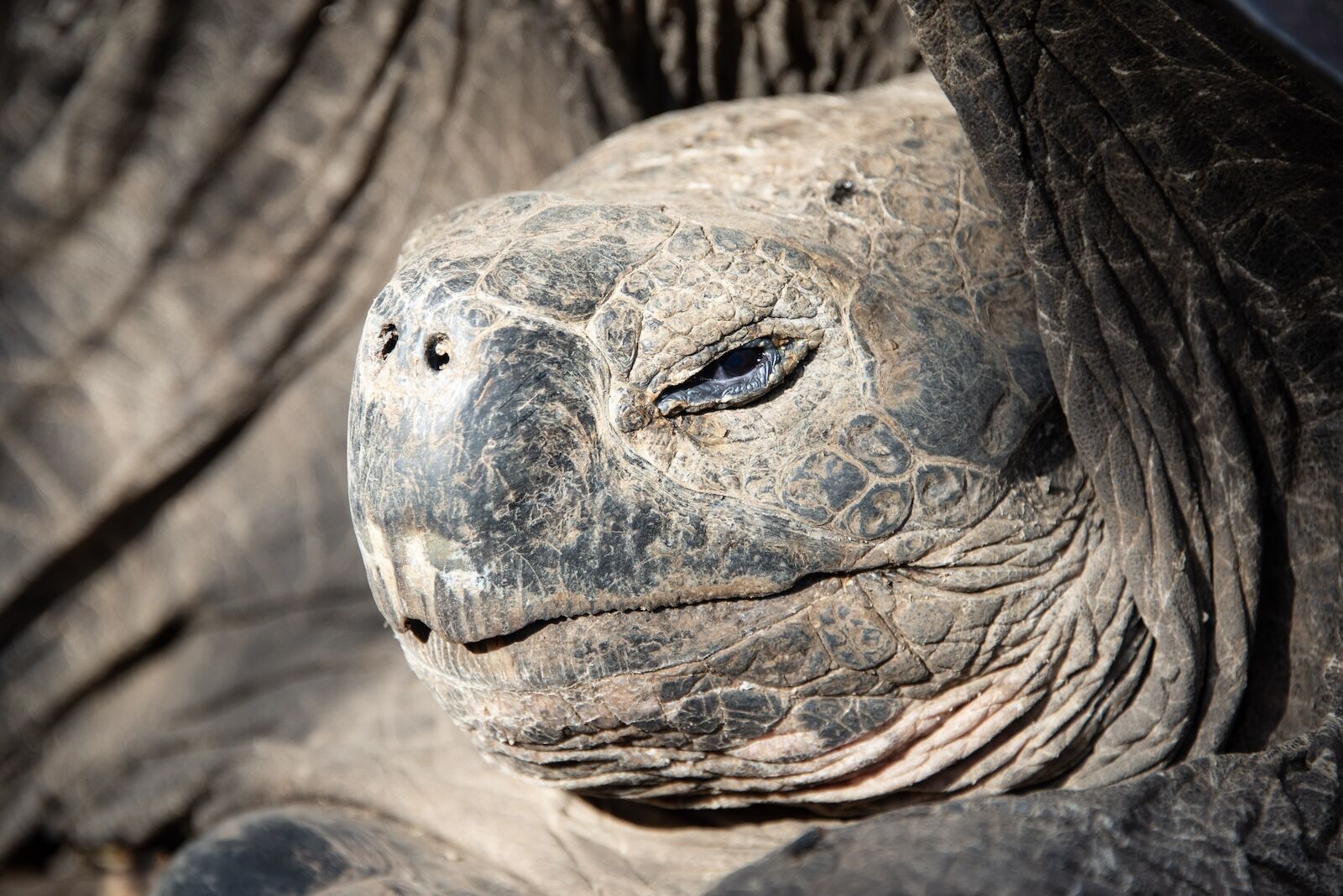
The Galápagos giant tortoise is not only the most iconic animal in the archipelago, it’s also the creature that gave it its name. The Spanish term galápago originally meant ‘tortoise’. Photo: Jesse Adams
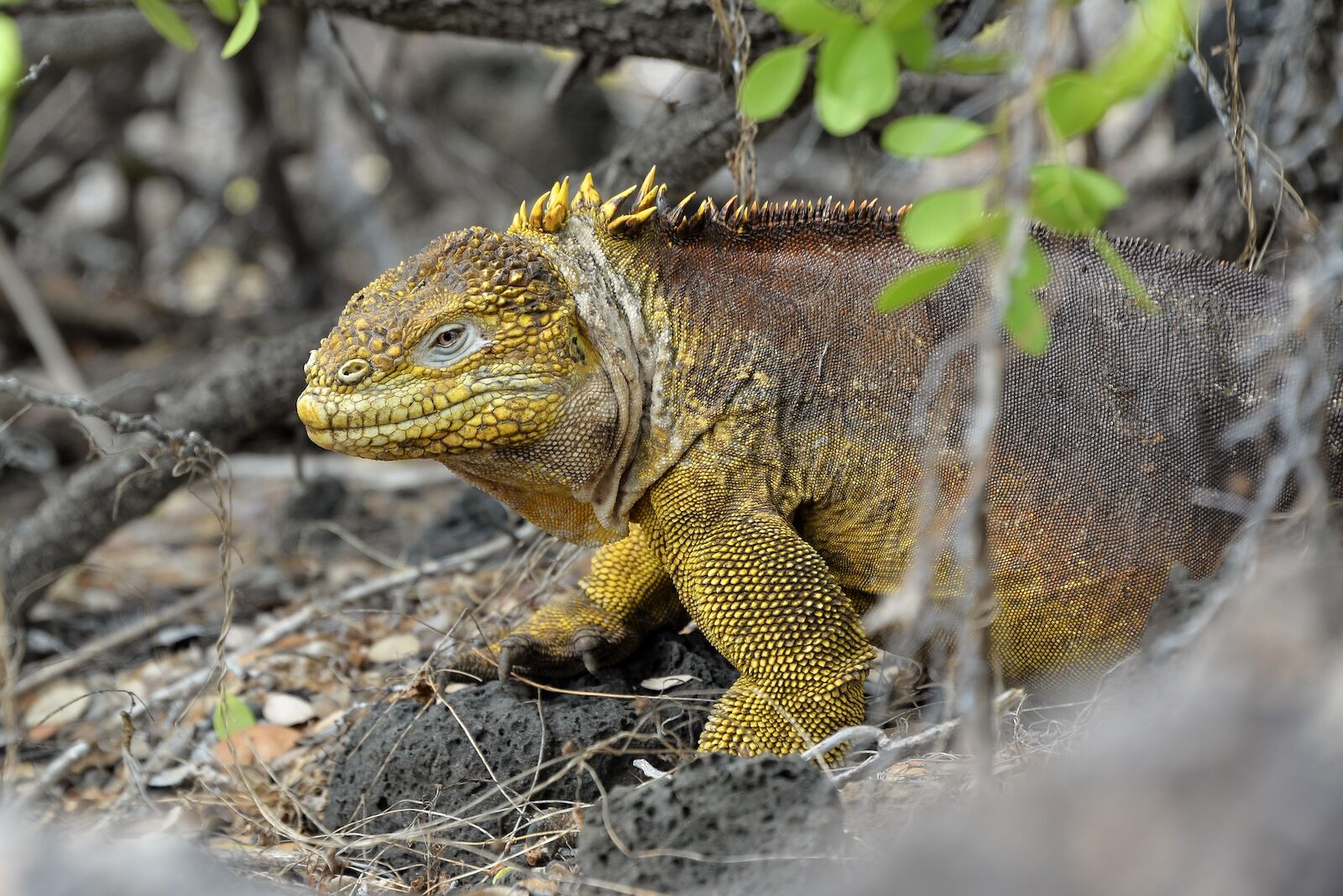
On day three, we made land at the aptly named Cerro Dragon, or Dragon Hill, on the island of Santa Cruz. There, we saw a dozen or so yellow land iguanas, some walking around, some in their burrows, other patiently waiting under opuntia cacti for their nutritious fruits to fall. The yellow land iguana is one of three land iguana species that are endemic to the Galápagos Islands alongside the Santa Fe land iguana and the Galápagos pink land iguana. Photo: Jesse Adams
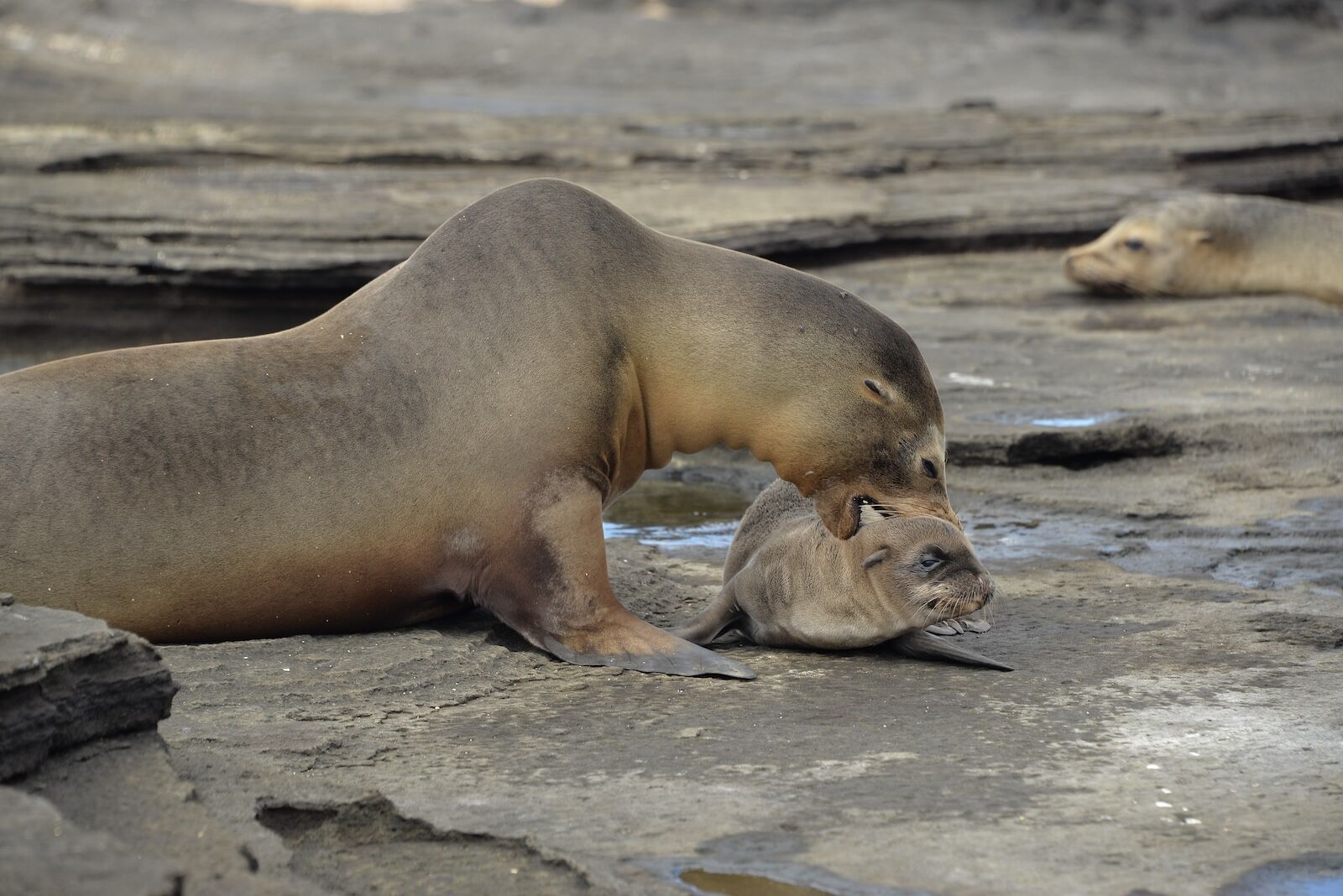
The Galápagos sea lions are found all over the archipelago, both on land and underwater. Like the rest of the wildlife around the islands, it tends to be indifferent to human presence. That said, while they are playful and come close to snorkelers and divers underwater, they should not be approached closer than six feet while encountered on land. Photo: Jesse Adams
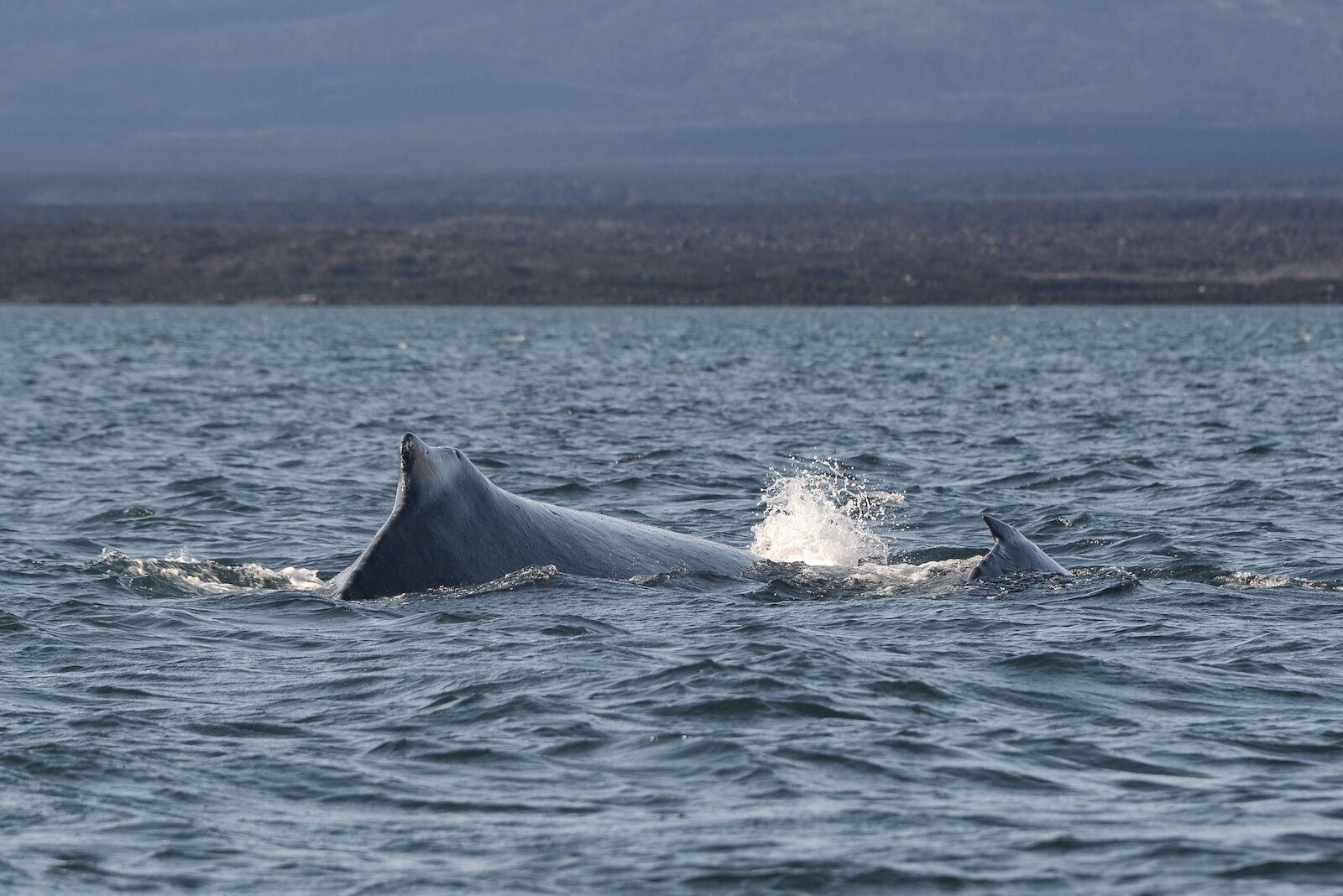
The Bolivar Channel, the narrow band of water between the islands of Fernandina and Isabela, is the best place to see whales and orcas in the Galápagos Islands. We were lucky enough to follow (at a respectful distance) a mother humpback whale and her calf for 30 minutes one morning. Photo: Jesse Adams

The only lizzard in the world capable of living and eating at sea, the marine iguana is a species endemic to the Galápagos Islands. During our trip we saw hundreds upon hundreds of marine iguanas, both on land, where they lie on rocks to warm themselves up in the sun, and underwater, where they use their tail to swim and their claws to hold onto rocks to forage for algae. Photo: Jesse Adams
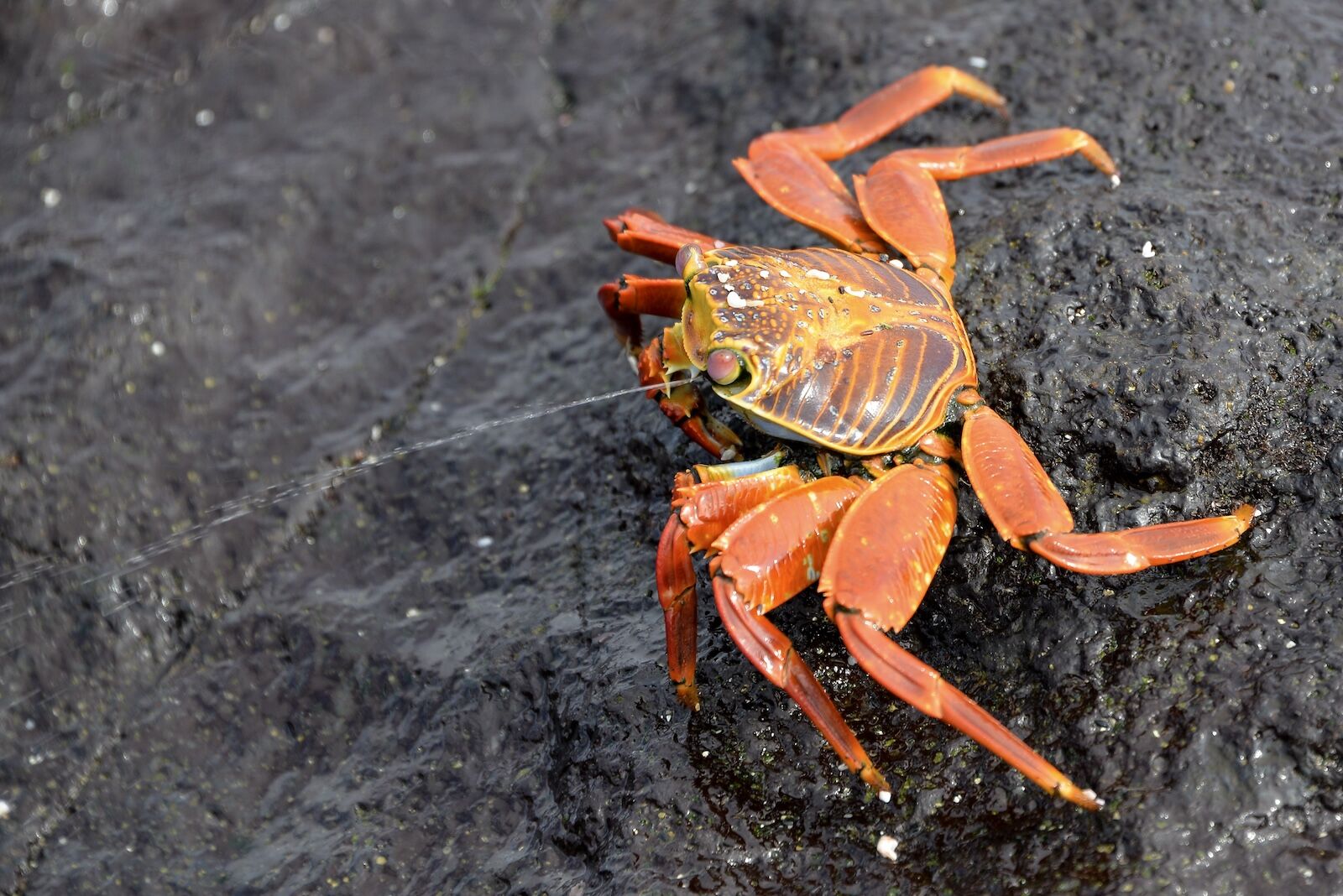
The brightly colored Sally lightfoot crabs are found all over the shores and beaches of the islands. They are very agile and can jump, climb, and run effortlessly and very quickly, hence their name. The Sally lightfoot crab sprays water when it feels threatened. Photo: Jesse Adams

The only species of penguin found above the Equator, the Galápagos penguin is the third smallest penguin in the world. While they rest on rocky shores, their black plumage act as camouflage. Under water, the Galápagos penguin are incredibly fast, reaching speeds of over 20 miles per hour when hunting. This particular individual was spotted in Tagus Cove on Isabela Island. Photo: Jesse Adams
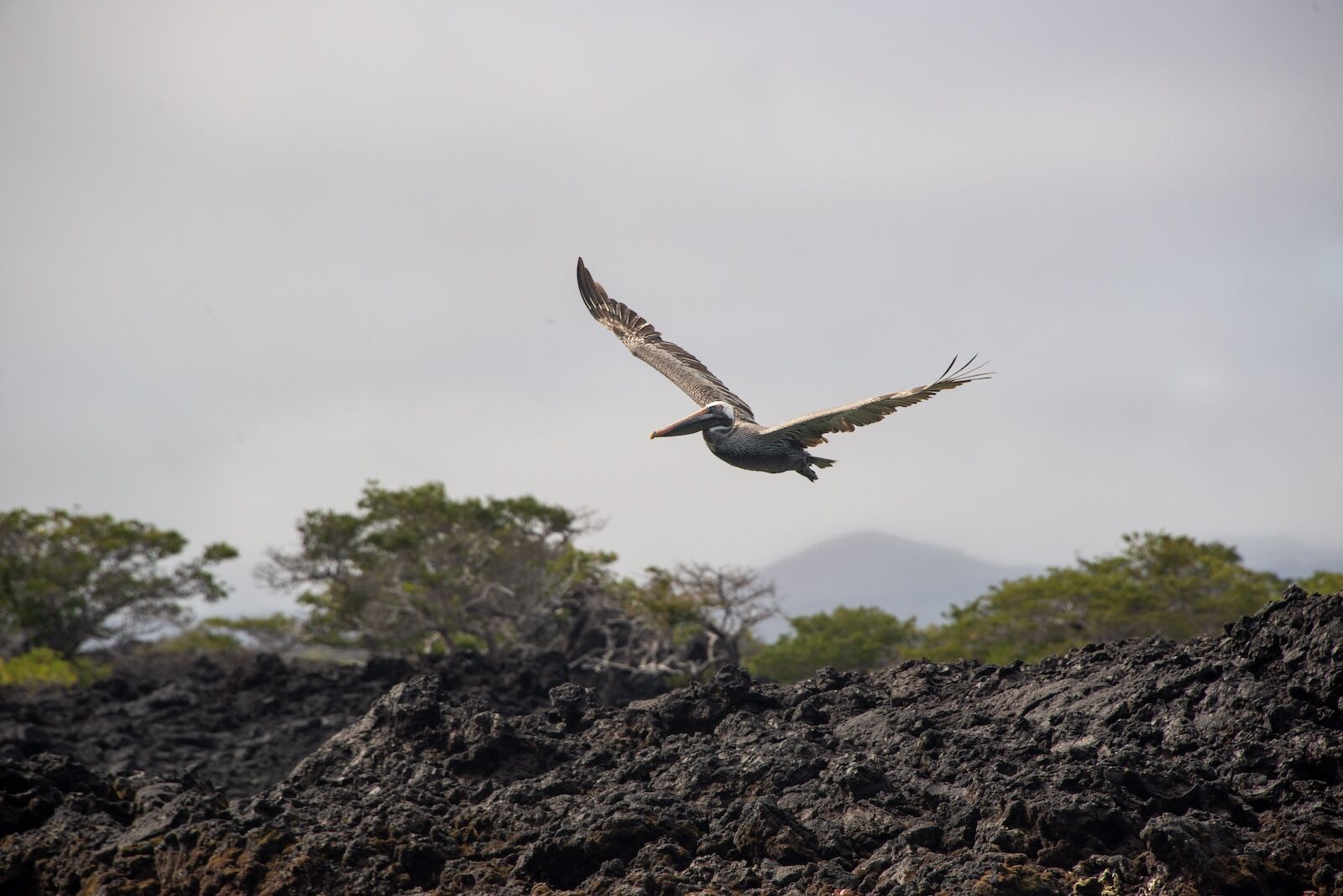
While I had never seen a pelican before, I saw hundreds of them in the Galápagos Islands. The Galápagos brown pelican is huge, with a wingspan of 80 inches, and a large beak with a distinctive pouch. We were lucky to see dozens of brown pelican nests around Tagus Cove, all filled with multiple babies that were white , fuzzy, and much bigger than their parents. That did not stop them from noisily begging their moms and dads for food, however. Photo: Jesse Adams
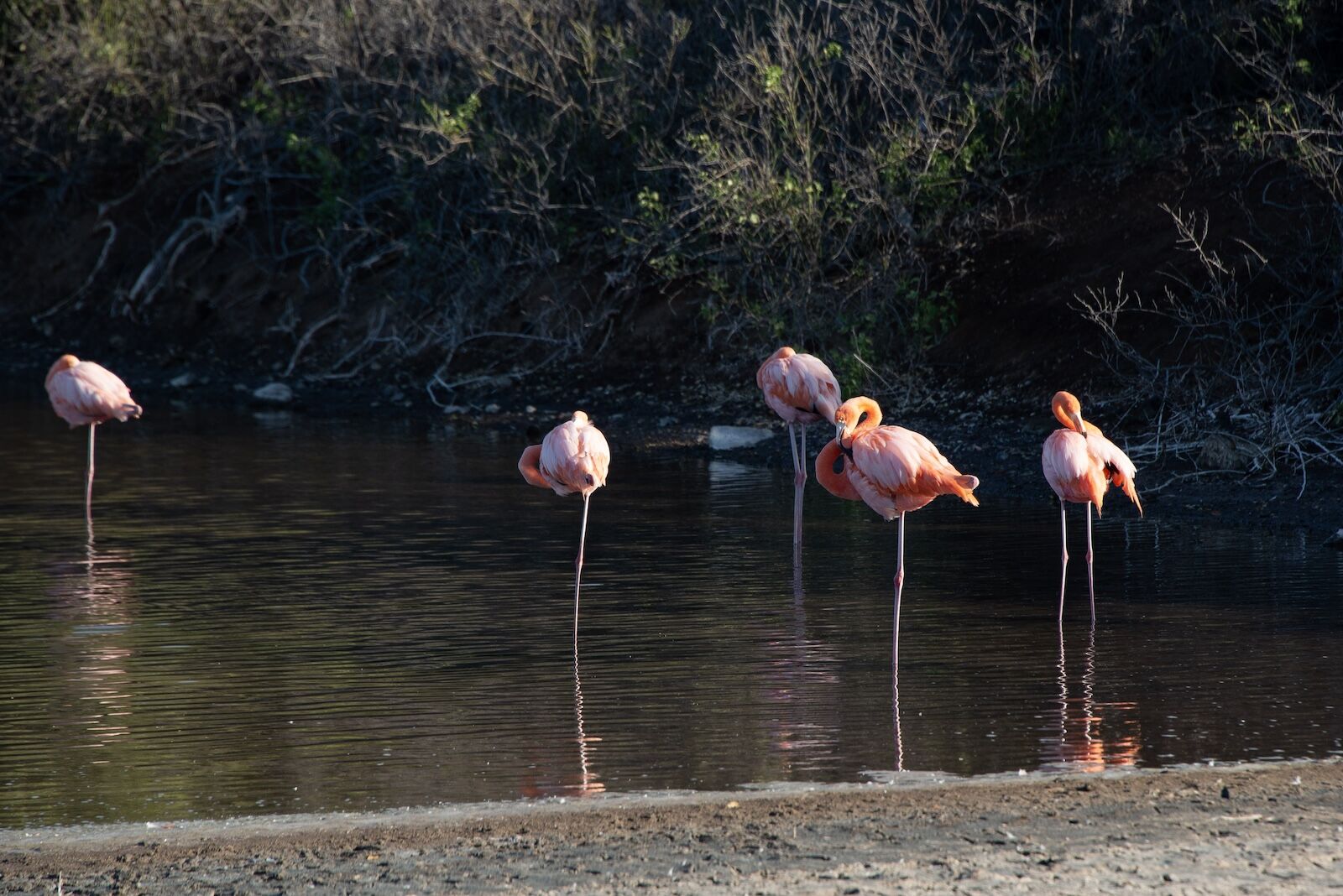
While there are only a few hundreds flamingos in the Galápagos Islands, we managed to see them twice: once on the island of Santa Cruz and once on Rabida Island, both times in a group of 10 or less feeding in inland saltwater lagoons. Photo: Jesse Adams
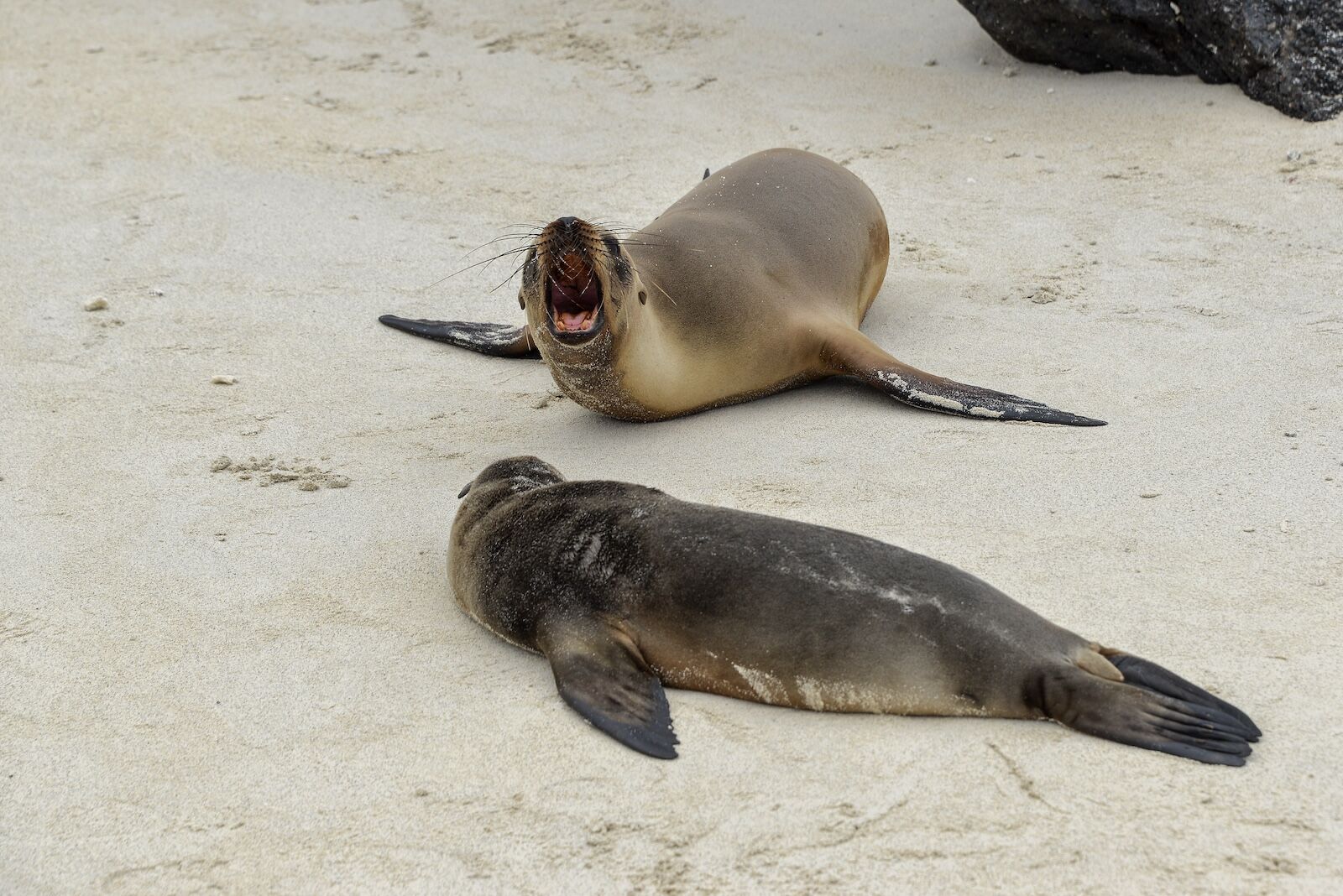
The Galápagos sea lion is the most common mammal in the Galápagos archipelago. Note that sea lions and seals are different; sea lions have external ears where seals have holes, they use their back flippers to walk on land, and they are much bigger than seals. Photo: Jesse Adams
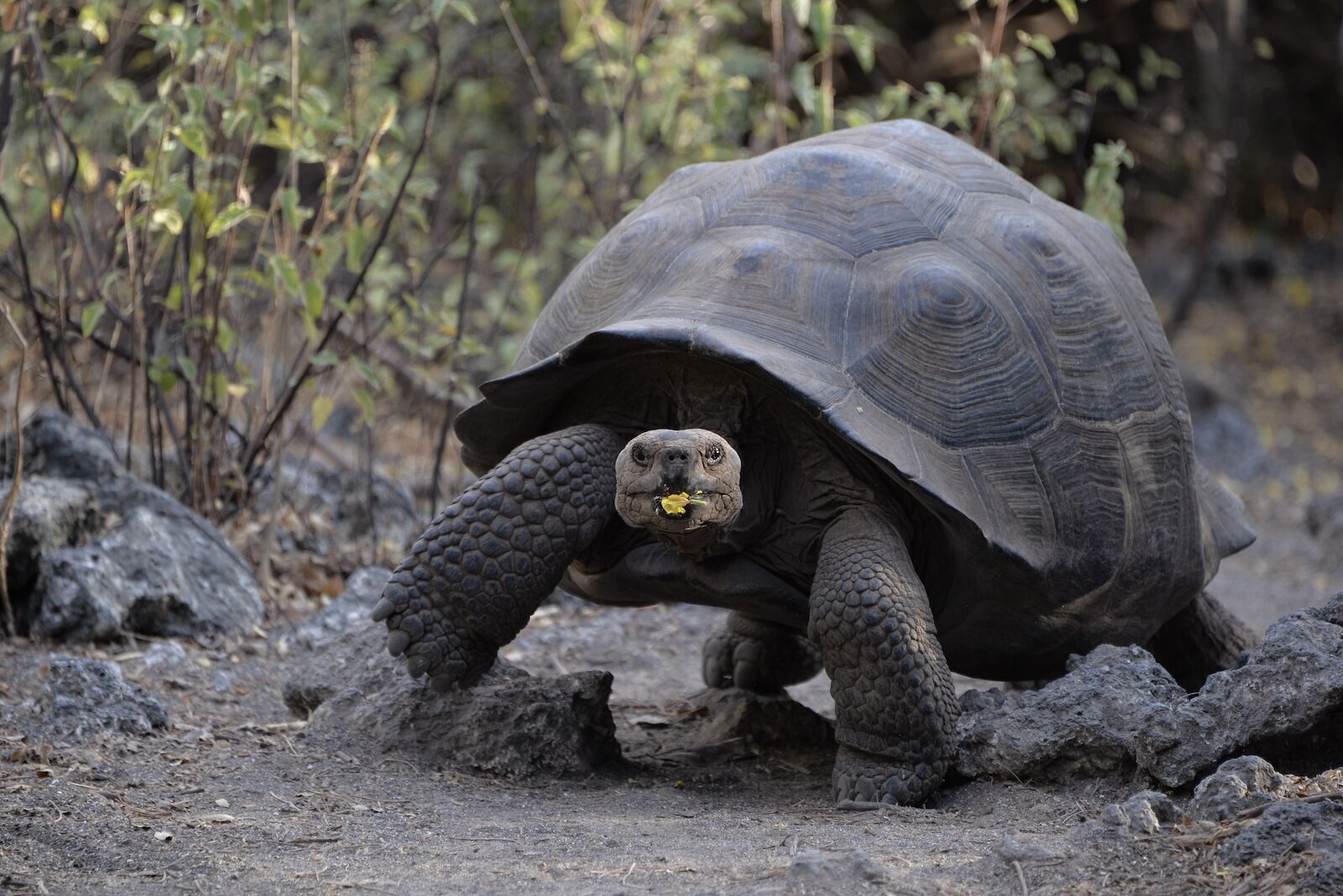
This beautiful Galápagos giant tortoise with a dome shell (as opposed to a saddle-backed shell), used the hiking trail as its own personal pathway and forced us all to move aside to let it pass. It walked, slowly, as you would expect, just inches away from us. All of us felt silent and observed it with the reverence it deserved. Photo: Jesse Adams
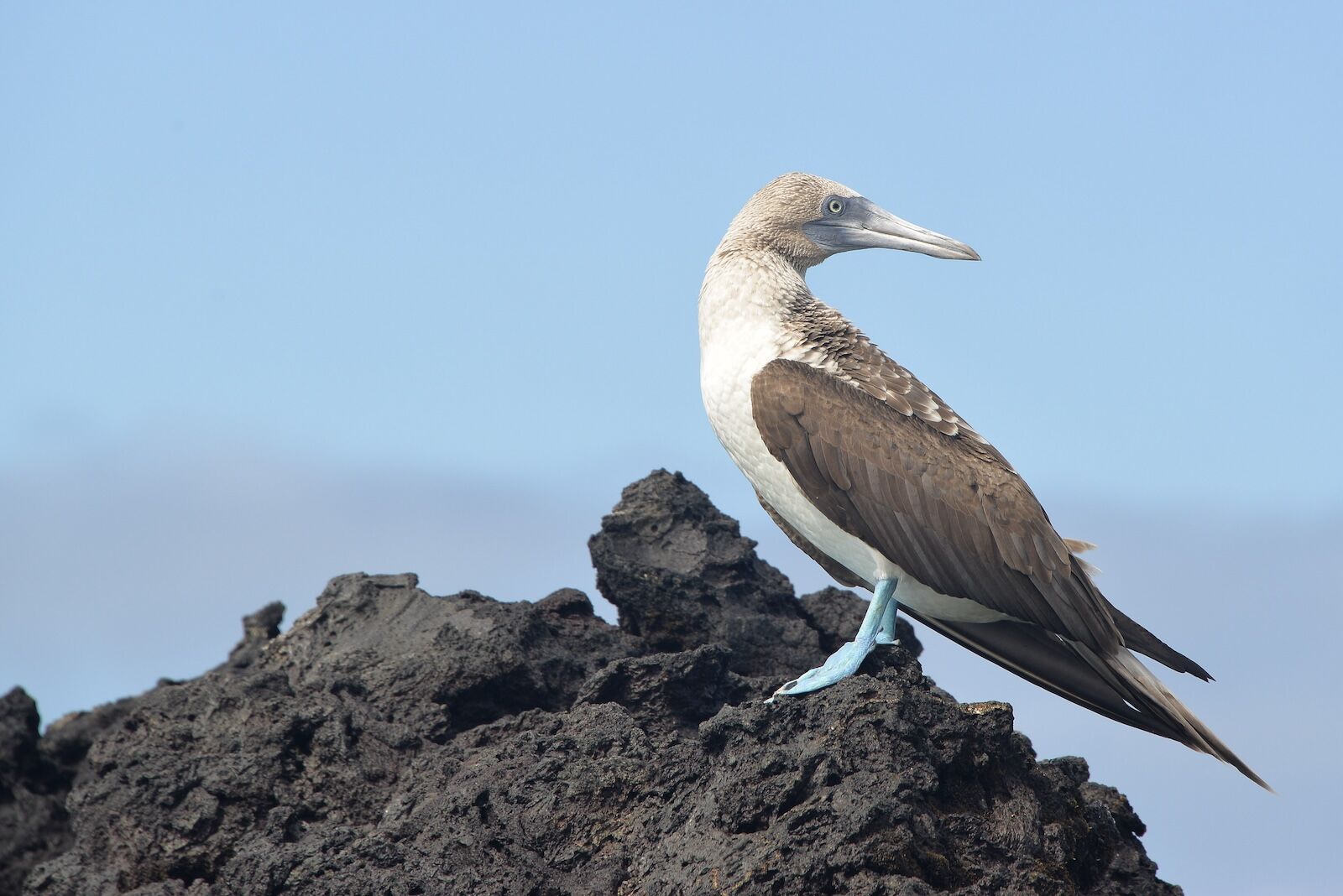
Another iconic species of the archipelago (although not endemic), the blue-footed booby is easily recognizable thanks to its bright blue feet. Their name comes from the Spanish word bobo meaning ‘silly’.
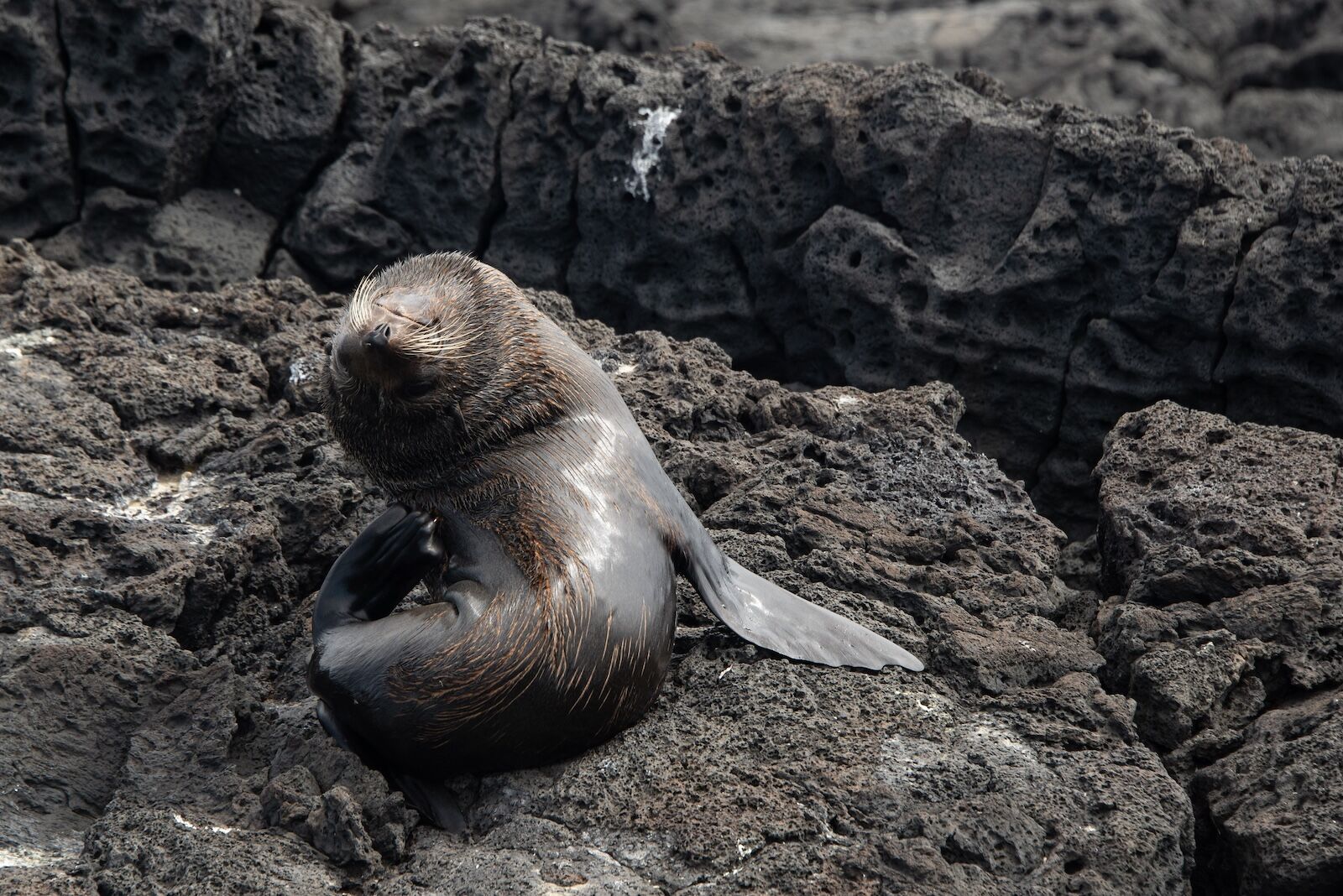
Galápagos fur seals have thicker fur than sea lions and are shorter and a broader, but they belong to the same family of eared seals. This particular individual was spotted on the rocky shore of Santiago Island. Photo: Jesse Adams
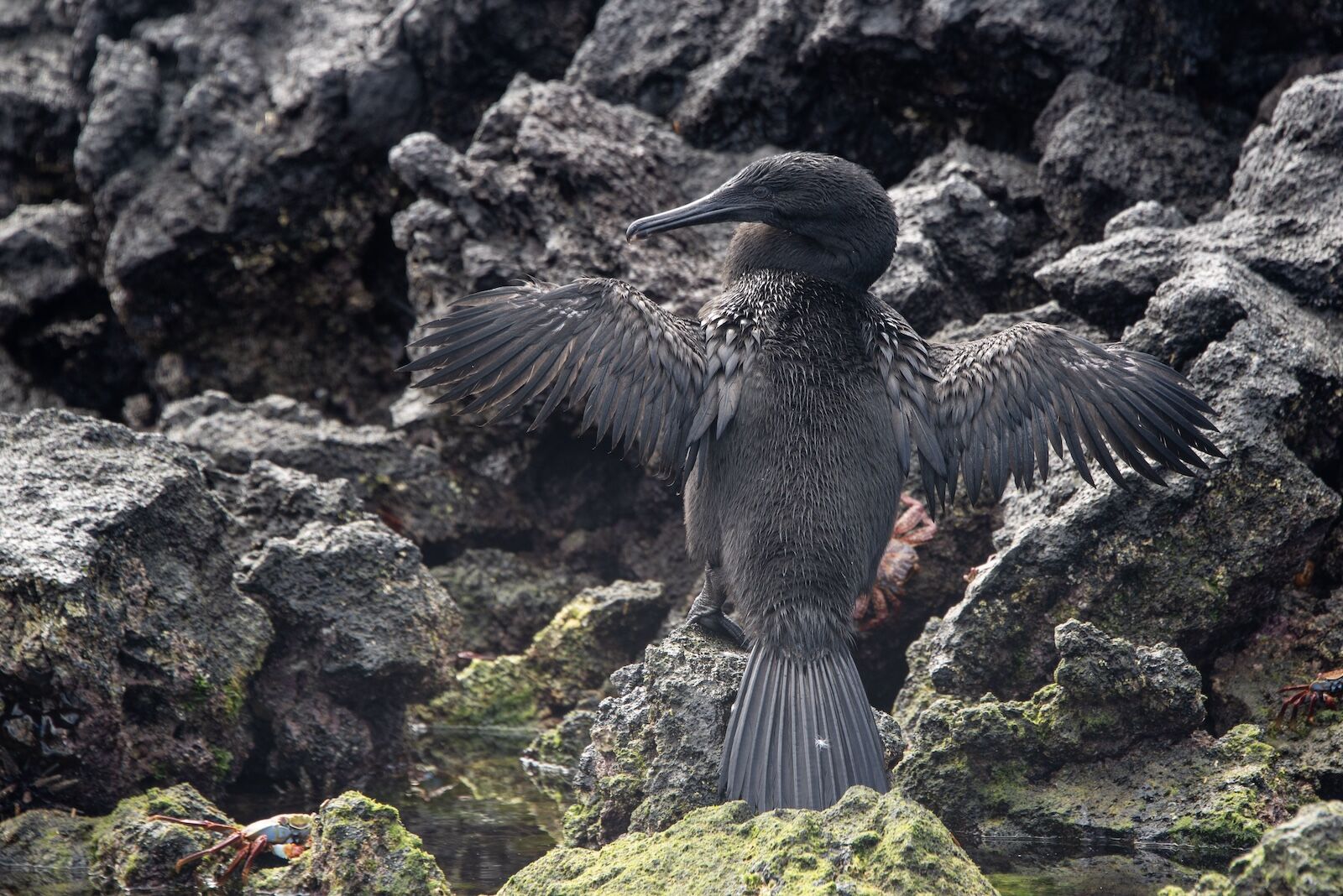
A species endemic to the Galápagos Islands, the Galápagos flightless cormorant has lost its ability to fly but retains a pair of small, stunted wings. The flightless cormorant can be spotted on the shoreline of the islands of Isabela and Fernandina. Photo: Jesse Adams
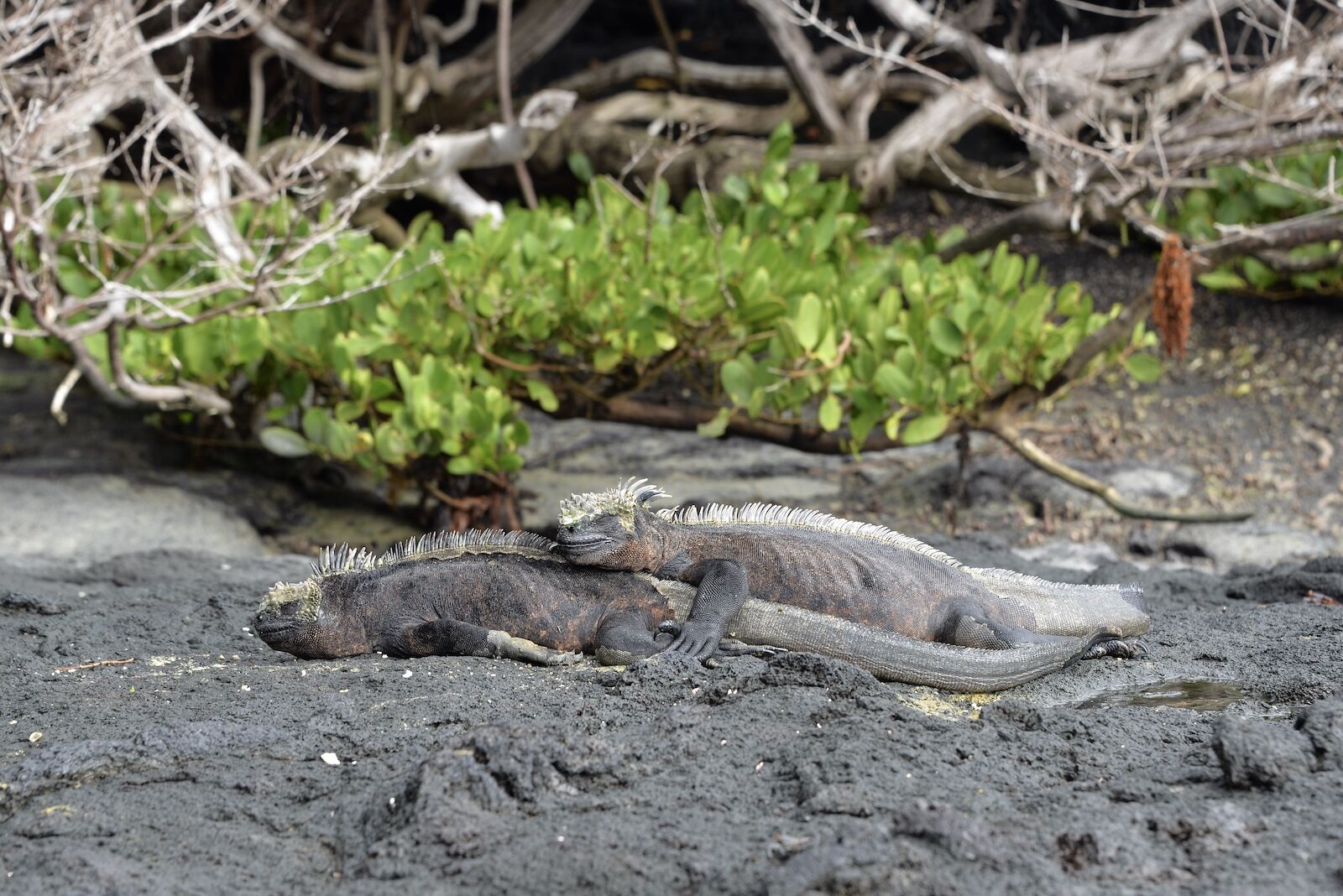
After spending time foraging for algae in the ocean, marine iguanas need to warm themselves up by lounging in the sun, preferably on hot lava rock. Lying on top of each other helps them stay warm. Photo: Jesse Adams
More like this
TravelWhat I Packed for a Magical Week of Sea, Sun, and Wildlife-Watching in the Galápagos Islands
Source: View source

